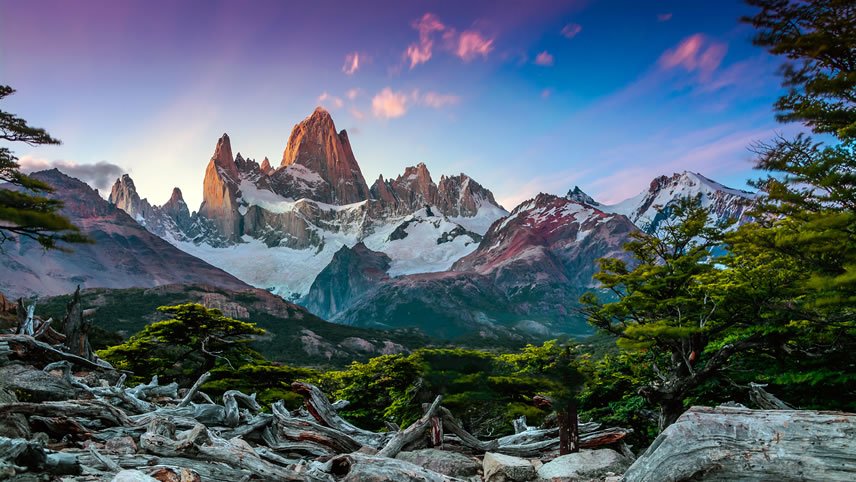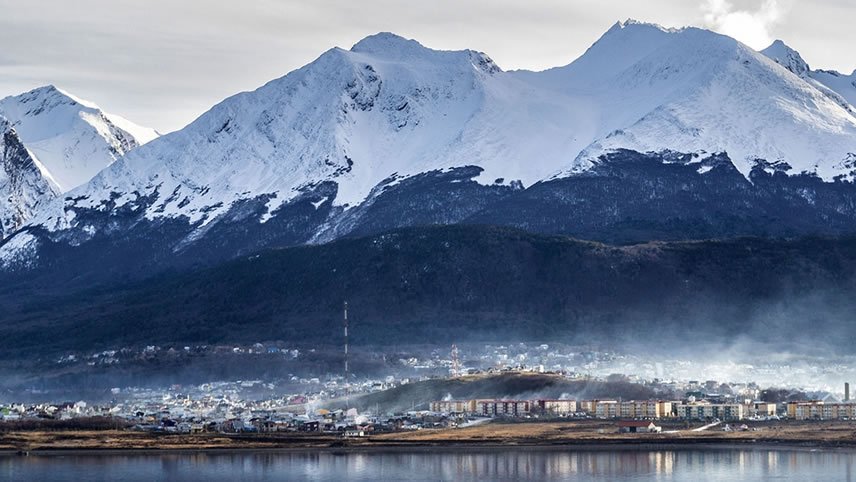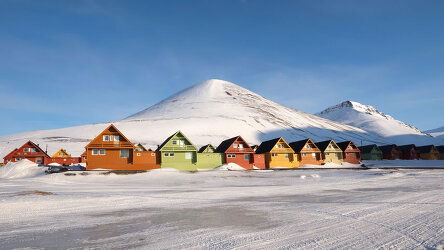Overview
Cruise Itinerary
Life Onboard L'Austral

Explore the world on L'Austral surrounded by French sophistication on this luxury mega yacht. Read more

Every stateroom and suite offers ocean views and most have a balcony. Read more

Savour the exquisite flavours of Ponant's French gastronomy in the onboard restaurants. Read more

Enjoy live music in the lounges or take in a performance or show in the theatre. Read more

Ponant's French crew offer guests refined service from the moment they board. Read more

Unwind with a massage or facial the Spa, where only the best French products are used. Read more

Availability Click on prices below to view cabin upgrades and details
Tour & cruises prices are per person. Prices shown have savings applied, are subject to availability and may be withdrawn at any time without notice. Prices and trip information are correct at the time at this point in time, however are subject to confirmation at the time of booking and are subject to change by Ponant. For cruise itineraries, cabin images are sourced from Ponant. These should be treated as indicative only. Cabin inclusions, upholsteries and room layout may differ to the image(s) shown depending on the ship selected and your sailing dates.









